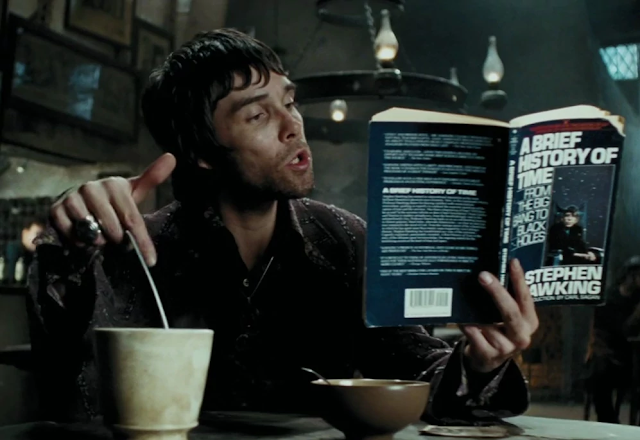Essay: Traitors, Rebels and Hanged Men

In Alfonso Cuaron’s cinematic interpretation of Harry Potter and the Prisoner of Azkaban , time is a recurring theme. This extends to the visual joke of a wizard at the Leaky Cauldron pub reading a copy of A Brief History of Time by the Muggle Stephen Hawking. There are numerous lingering shots of clocks in the film, large and small, and the Whomping Willow’s progress through the seasons is also used by Cuaron to illustrate the passage of time. Unlike many film versions of the books, this manner of shaping the story is perfectly in tune with the book, since JK Rowling shaped the story around a complete Quidditch season, the only one Harry plays in the seven-book series. (See Quantum Harry, the Podcast, Episode 15: Prisoner of Quidditch and Episode 16: The Seeker .) Using Quidditch to mark time prepares readers for the time-travel sequence at the book’s climax. Rowling chose to use a game, not the Whomping Willow, as Cuaron does, and her choice is obviously going to be...


